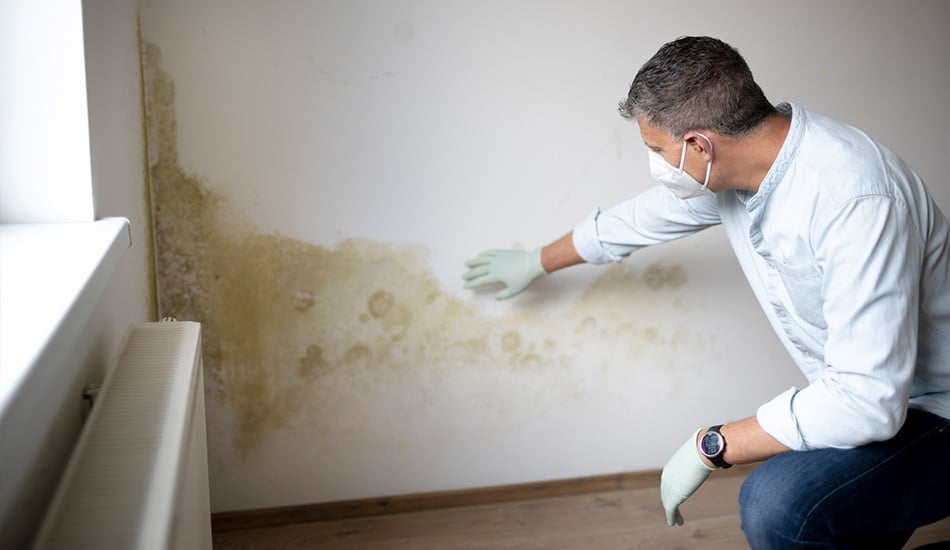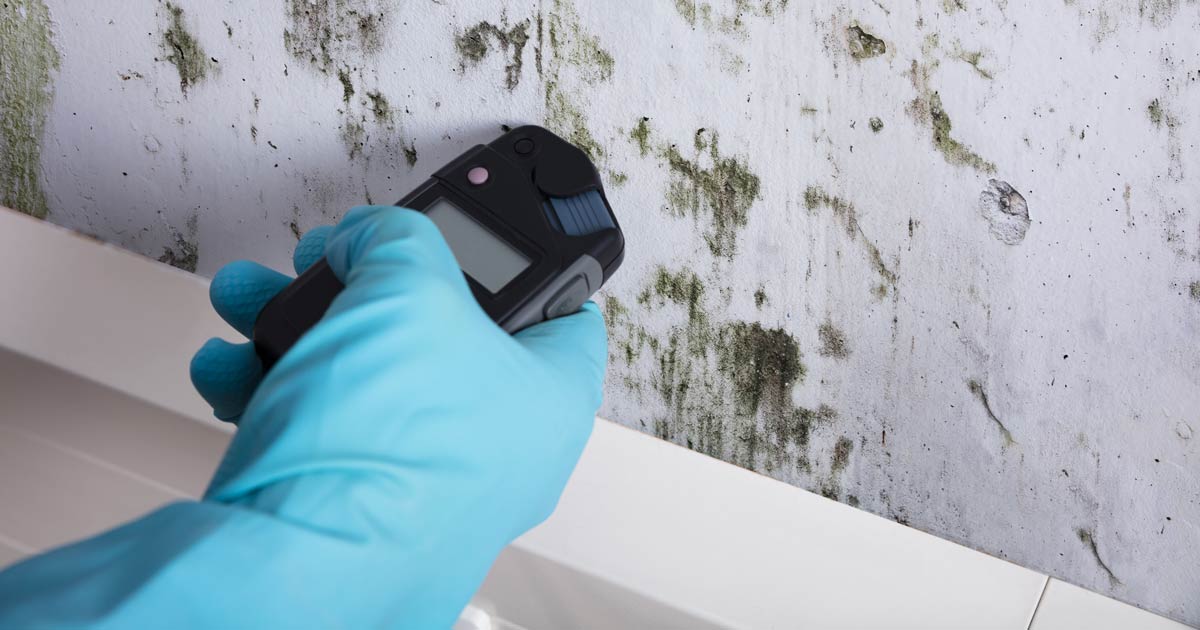Advice on What to Do After Mold Remediation
Advice on What to Do After Mold Remediation
Blog Article
Key Tips for Successful Blog Post Mold Remediation
Attending to mold and mildew problems in a prompt and effective way is critical for keeping a healthy interior setting. Effectively finishing mold remediation is a multifaceted process that calls for interest to detail and adherence to specific protocols. From evaluating dealt with areas to executing dampness control procedures, each action plays an essential role in ensuring the efficacy of the removal process. However, there are key post-remediation steps that are equally vital however typically overlooked. These steps not only verify the success of the remediation efforts yet likewise add to stopping future mold growth.
Inspection of Treated Locations
Upon conclusion of the mold removal procedure, a complete inspection of the treated locations is critical to guarantee the performance of the removal efforts. This assessment acts as a critical action in the post-remediation stage to validate that the mold removal and clean-up treatments were successful in eliminating the mold invasion and recovering a risk-free indoor atmosphere. The examination needs to be conducted by qualified experts who have the experience to assess the remediated areas carefully.
These include visual assessments to inspect for any signs of mold and mildew development or water damage, dampness levels to verify that the location is free and completely dry of excess humidity that can promote mold and mildew re-growth, and air quality screening to guarantee that the interior air is safe to take a breath. Additionally, the examination may entail using specialized devices such as moisture meters and thermal imaging cams to spot surprise mold or dampness pockets that could lead to future mold troubles if left unattended.

Wetness Control Procedures
Reliable dampness control actions are crucial for preventing mold growth and maintaining a healthy interior setting. To attain this, it is crucial to address sources of moisture within the structure. Correct air flow is vital to regulating moisture levels. Installing exhaust fans in kitchens and washrooms can aid get rid of excess wetness. Furthermore, using dehumidifiers in damp areas can aid minimize humidity levels, making it harder for mold and mildew to grow.
Regularly checking and maintaining the structure's exterior can additionally stop moisture breach. Post Remediation Inspection near me. Making certain that rain gutters are clear, downspouts straight water away from the structure, and the roof remains in good condition can aid stop water from seeping into the structure. Correctly securing doors and windows can additionally help keep dampness out
In cases where water damages takes place, prompt activity is essential. Any leakages or spills should be cleaned up and dried within 24-48 hours to stop mold and mildew development. Utilizing moisture meters can aid detect hidden sources of water and make certain thorough drying out. By executing these moisture control procedures, the risk of mold and mildew reoccurring can be significantly decreased, developing a healthier interior setting.
Proper Ventilation Assessment
An important element of making Visit Your URL certain a healthy and balanced interior atmosphere article mold remediation is conducting an extensive evaluation of the ventilation system. Post Mold Remediation Report. Appropriate ventilation analysis plays a critical function in avoiding future mold development and preserving air quality within the affected room. During the assessment, specialists examine the efficiency of the air flow system, inspecting for any type of blockages, leakages, or malfunctions that can prevent appropriate air movement. It is important to make sure that the ventilation system is adequately sized for the room it serves which it satisfies industry criteria for air currency exchange rate.
Additionally, evaluating the air flow system includes checking out the distribution of air throughout the location to determine any type of locations of bad blood circulation where wetness and contaminants might accumulate. Proper ventilation not only aids in controlling moisture degrees however likewise aids in removing air-borne mold spores and other toxins, thereby boosting general interior air high quality. By dealing with any type of ventilation concerns post mold and mildew remediation, residential or commercial property proprietors can develop a healthier and more comfortable setting for residents while minimizing the danger of mold and mildew re-infestation.
Cleansing and Sanitation Protocols
To ensure thorough mold and mildew remediation, meticulous adherence to certain cleaning and disinfection methods is important. Cleaning up and disinfection procedures play an important function in the post-mold remediation phase to stop the recurrence of mold growth and make sure a risk-free and healthy atmosphere. The initial step in this procedure is the removal of any type of noticeable mold development using appropriate cleaner and techniques. It is necessary to utilize EPA-approved fungicides and disinfectants to effectively get rid of mold removal youtube mold spores and avoid their regrowth.
Furthermore, implementing preventative steps such as using mold and mildew preventions and keeping correct air flow can assist minimize the danger of future mold problems. By complying with strict cleaning and sanitation procedures, residential property owners can guarantee the effective removal of mold and mildew and create a healthy and balanced indoor environment for passengers.
Tracking and Upkeep Strategy
Executing a regular surveillance and upkeep plan is essential for making certain the long-lasting efficiency of mold and mildew removal efforts. As soon as mold removal is finished, it is essential to develop a tracking schedule to review the success of the remediation procedure.
Additionally, creating a maintenance plan is essential to avoiding future mold and mildew issues. Normal maintenance not only aids in protecting against mold and mildew yet additionally contributes to preserving a healthy interior environment - Post Mold Remediation Report.
Final Thought
Finally, effective post mold removal includes extensive examination of dealt with locations, execution of moisture control measures, evaluation of appropriate ventilation, adherence to cleaning and disinfection protocols, and facility of a tracking and upkeep strategy. These key actions are vital to guarantee that mold development is successfully gotten rid of and prevented from recurring in the future. By adhering to these guidelines, homeowner can preserve a safe and healthy and balanced atmosphere for occupants.
Upon conclusion of the mold removal process, a thorough assessment of the treated locations is important to make certain the efficiency of the removal efforts. These consist of visual evaluations to examine for any type of indicators of mold development or water damage, wetness degrees to confirm that the location is completely dry and totally free of excess moisture that could promote mold and mildew re-growth, and air quality screening to make certain that the indoor air is risk-free to take a breath. Additionally, the examination may include using specialized tools such as moisture meters and thermal imaging cams to spot concealed mold or wetness pockets that could lead to future mold issues if left uncontrolled. By dealing with any kind of air flow issues publish mold and mildew remediation, residential property proprietors can develop a healthier and a lot more comfy setting for residents while reducing the threat of mold re-infestation.

Report this page